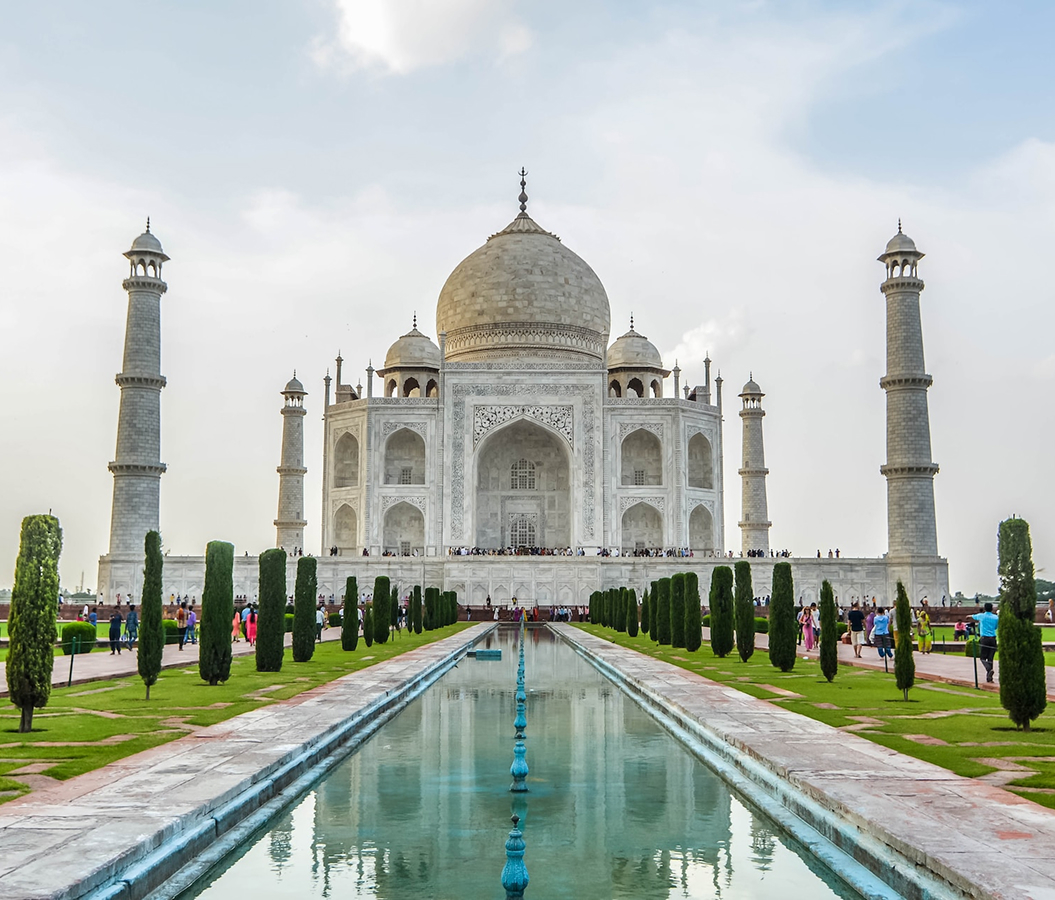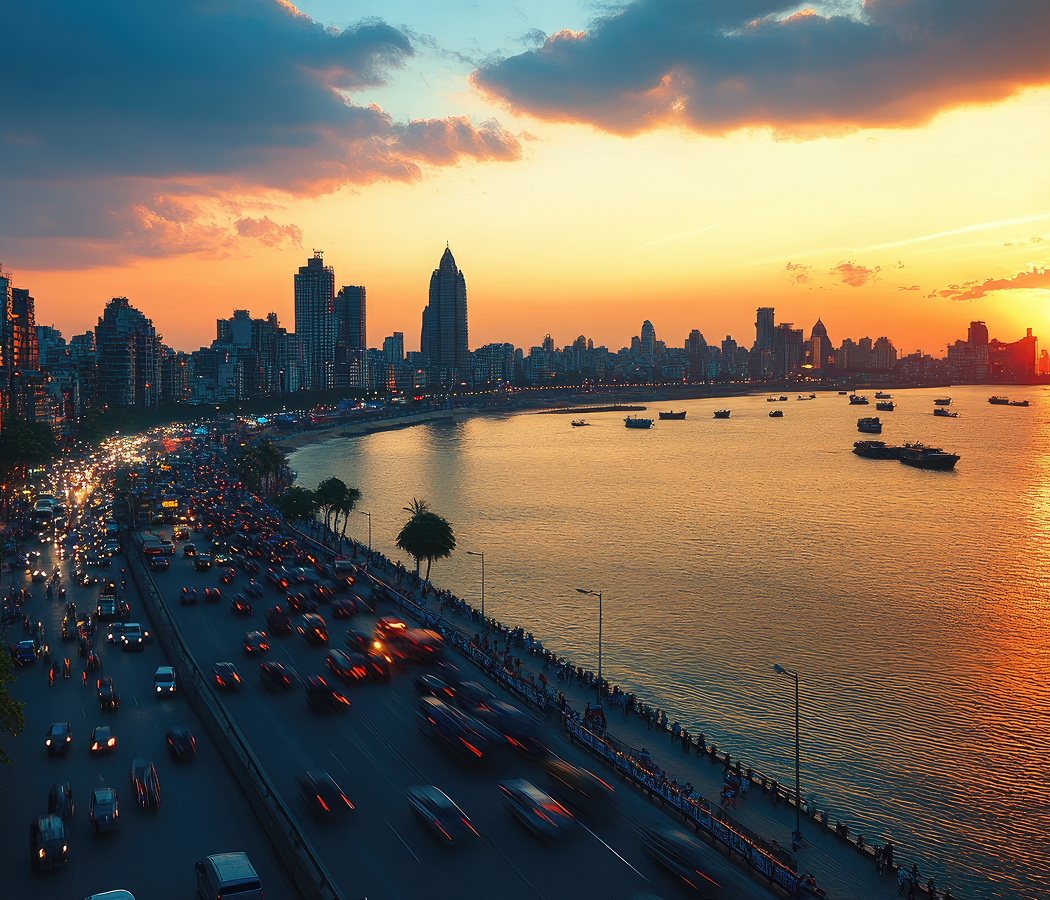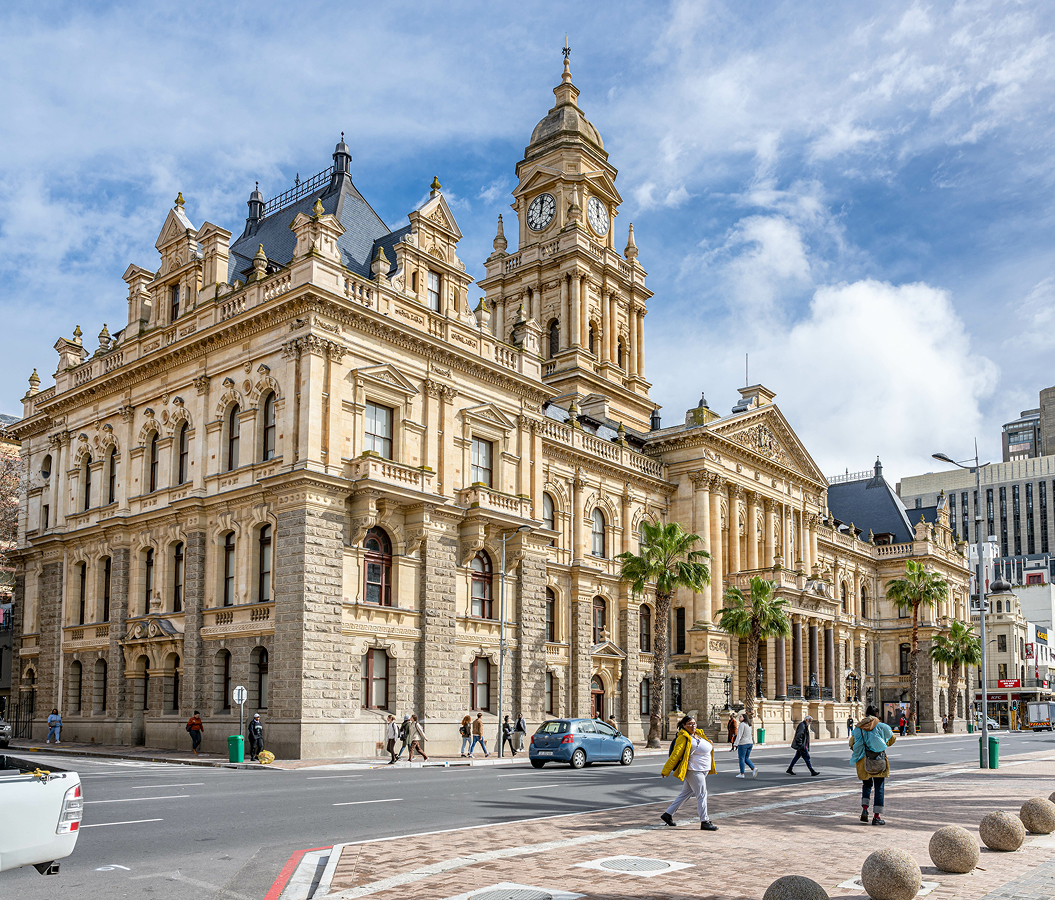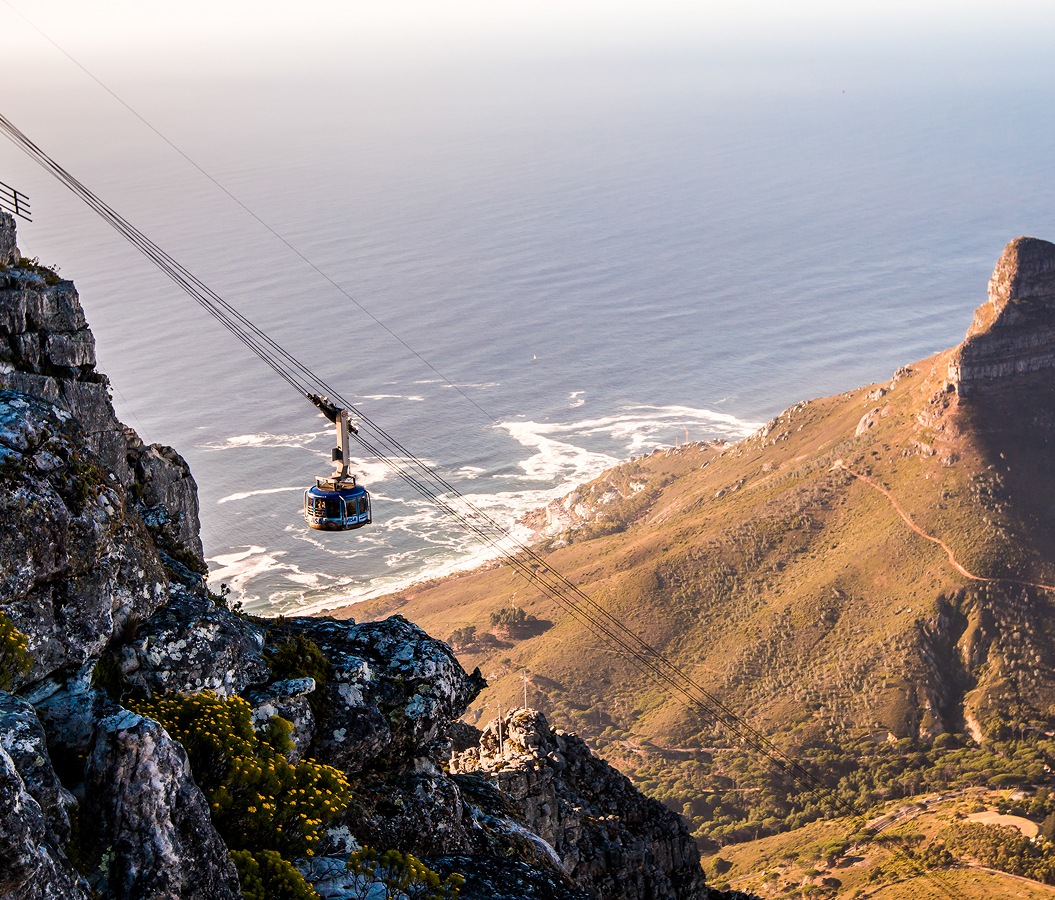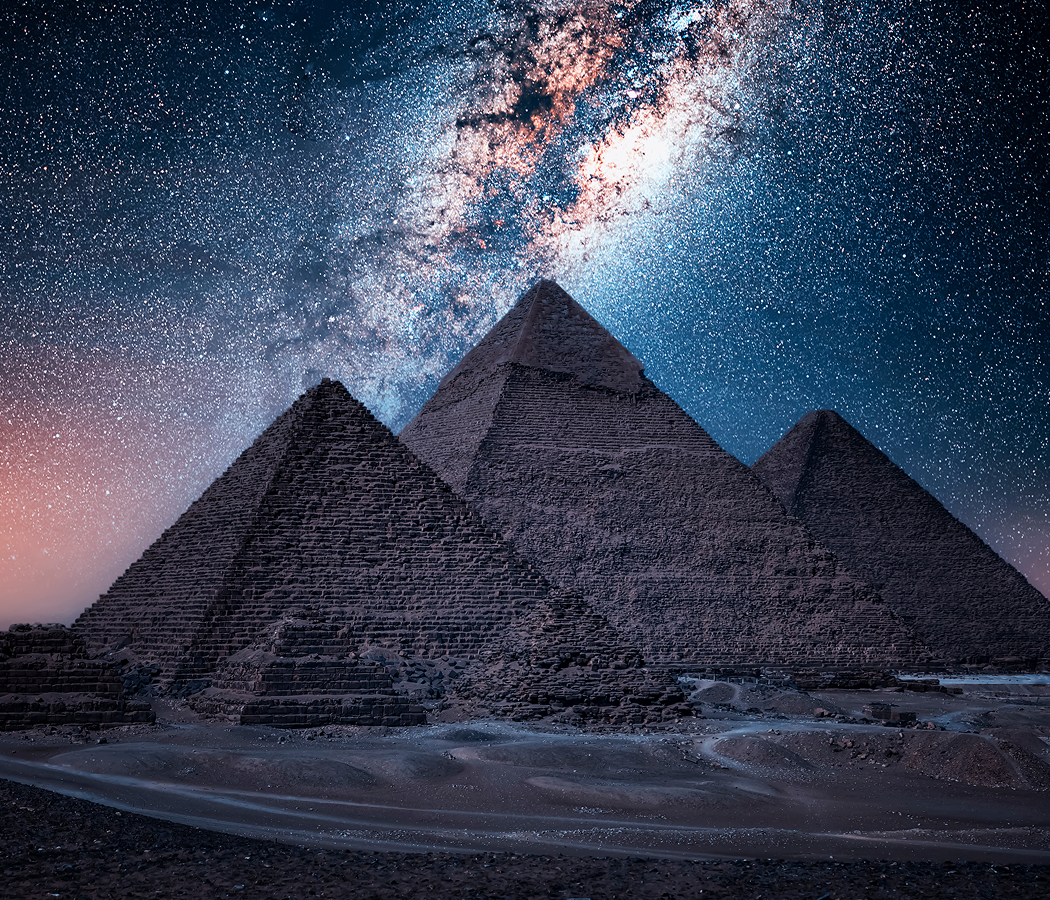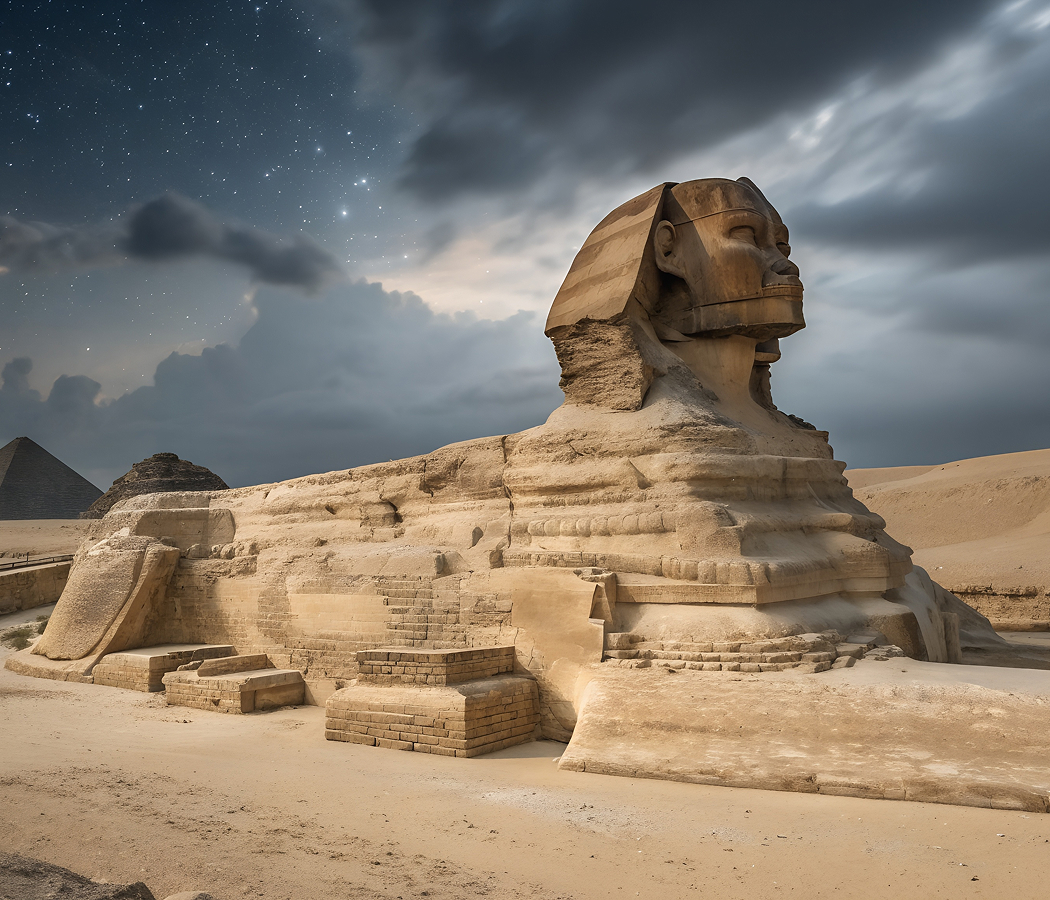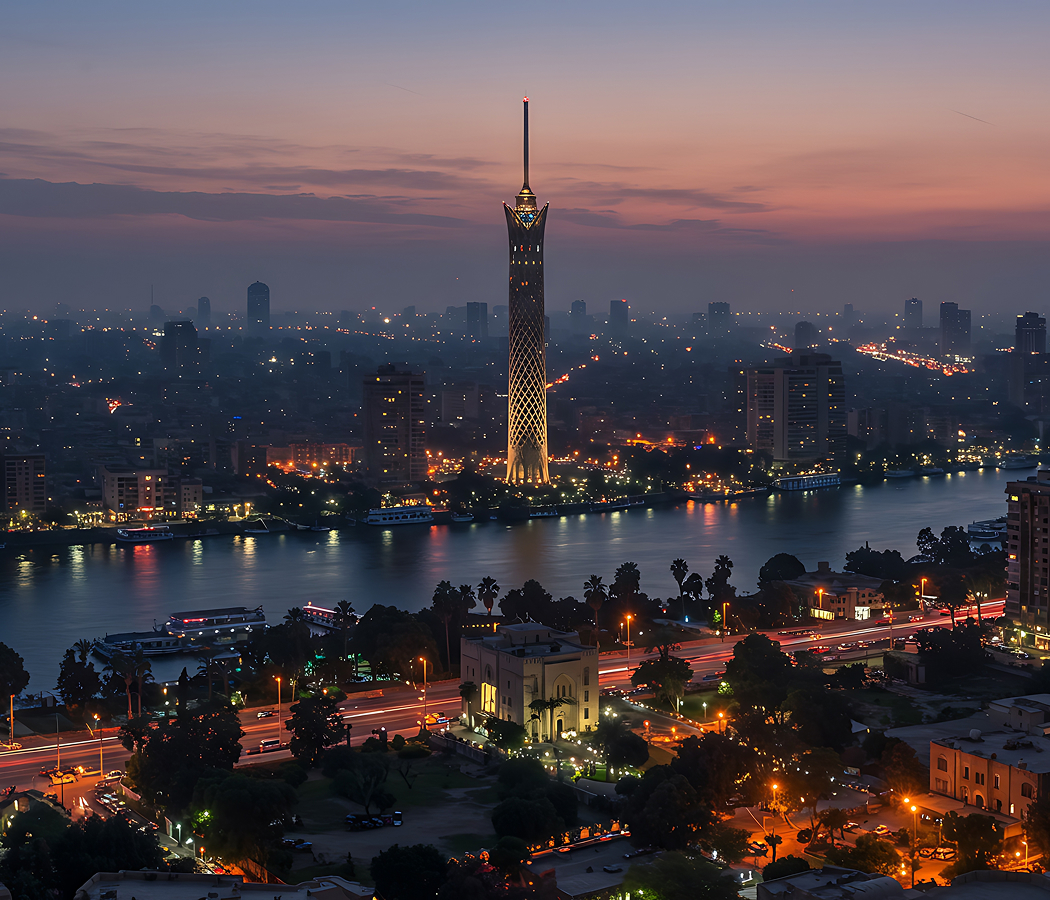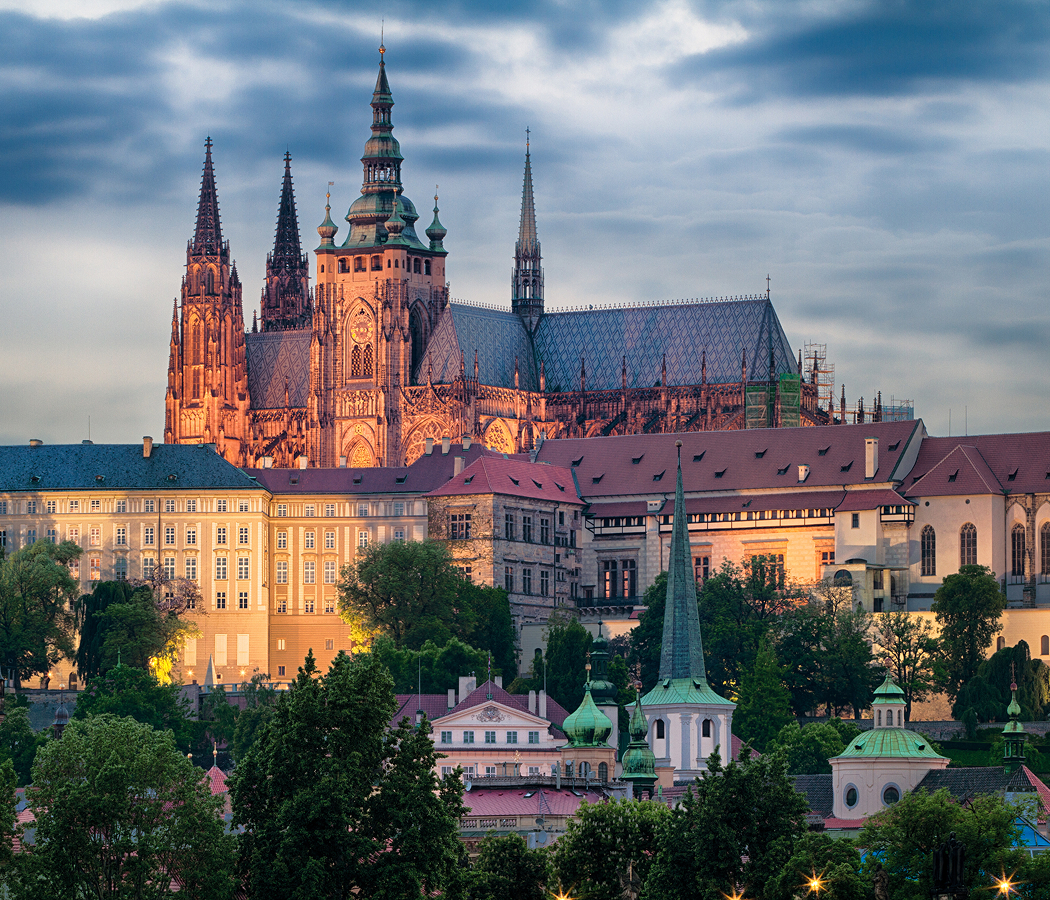
Why you should experience Elephanta Caves in Mumbai.
Elephanta Caves in Mumbai are a masterpiece carved into stone, a world where art, mythology, and mystery converge on an island adrift in time.
Located on Elephanta Island, just a short ferry ride across Mumbai Harbour, these rock-cut temples date back to the 5th century and stand as one of India’s most remarkable testaments to devotion and craftsmanship. The moment you step off the boat and ascend the long staircase flanked by souvenir stalls and banyan trees, the air begins to shift, modern Mumbai fades, replaced by the whispers of ancient artisans who chiseled gods from volcanic basalt. At the heart of the complex lies the Great Cave, dominated by a monumental 20-foot statue of Lord Shiva in his threefold form, as Creator, Preserver, and Destroyer. The figure radiates both serenity and power, its expression frozen in divine equilibrium. Around it, intricate carvings depict cosmic dances, battles, and blessings, their detail astonishing even after fifteen centuries of sea air and monsoon storms. The silence inside feels sacred, broken only by the echo of footsteps and the distant call of birds. To stand here is to stand within India’s spiritual imagination, raw, immense, and eternal.
What you didn’t know about Elephanta Caves.
The story of Elephanta Caves is layered in legend and rediscovery, a cultural epic written in stone.
Once known as Gharapuri, or “the city of caves,” the island was renamed “Elephanta” by Portuguese explorers in the 16th century, who found a massive stone elephant near the shore (now preserved in Mumbai’s Jijamata Udyan). The origins of the caves, however, predate European contact by a millennium. Believed to have been constructed during the reign of the Kalachuri or Rashtrakuta dynasties, the temples served as a Shiva sanctuary for centuries before being abandoned and partially damaged by time and conquest. British colonial officials later documented the site in the 1800s, sparking a wave of archaeological interest that led to its eventual designation as a UNESCO World Heritage Site in 1987. Despite weathering, pillaging, and neglect, the artistry endures: panels illustrating the marriage of Shiva and Parvati, the slaying of demon Andhaka, and the cosmic dance of Nataraja reveal an extraordinary mastery of proportion and emotion. Even the layout of the cave complex, five Hindu caves and two smaller Buddhist ones, reflects a deliberate harmony between religion and nature, with openings aligned to catch shafts of sunlight that illuminate the stone deities at dawn. The site remains a vital chapter in India’s long lineage of rock-cut architecture, linking it to masterpieces like Ellora and Ajanta while retaining its own distinct maritime mystique.
How to fold Elephanta Caves into your trip.
Visiting the Elephanta Caves is both a journey and a meditation, a passage from the modern rush of Mumbai to the stillness of another world.
Begin your adventure at the Gateway of India, where ferries depart hourly for the 60-minute ride across Mumbai Harbour. The voyage itself is part of the experience, seabirds trailing the wake, the skyline receding into haze, and the island slowly emerging from the mist. Upon arrival, a miniature toy train or a brisk walk leads to the foot of the staircase that climbs toward the caves. Pause along the way to admire the coastal views and small shrines dotting the path. Inside the main cave, move slowly, the dim light and rhythmic pillars create an atmosphere that invites reflection more than haste. Hire a local guide if you can; their storytelling brings the carvings to life, tracing myths that have shaped Indian art and spirituality for centuries. After exploring the temples, step outside to the plateau above, where you’ll find panoramic views of the Arabian Sea and a breeze heavy with salt and history. Time your return ferry for late afternoon, when the sun casts molten light over the water and the city skyline reappears like a mirage. The Elephanta Caves are more than an archaeological wonder, they are a reminder that even amid Mumbai’s relentless motion, stillness and divinity remain carved into its very foundations.
Hear it from the Foresyte community.
You take the ferry thinking touristy day trip until you’re climbing past monkeys to caves older than your family tree.
Where meaningful travel begins.
Start your journey with Foresyte, where the planning is part of the magic.
Discover the experiences that matter most.

